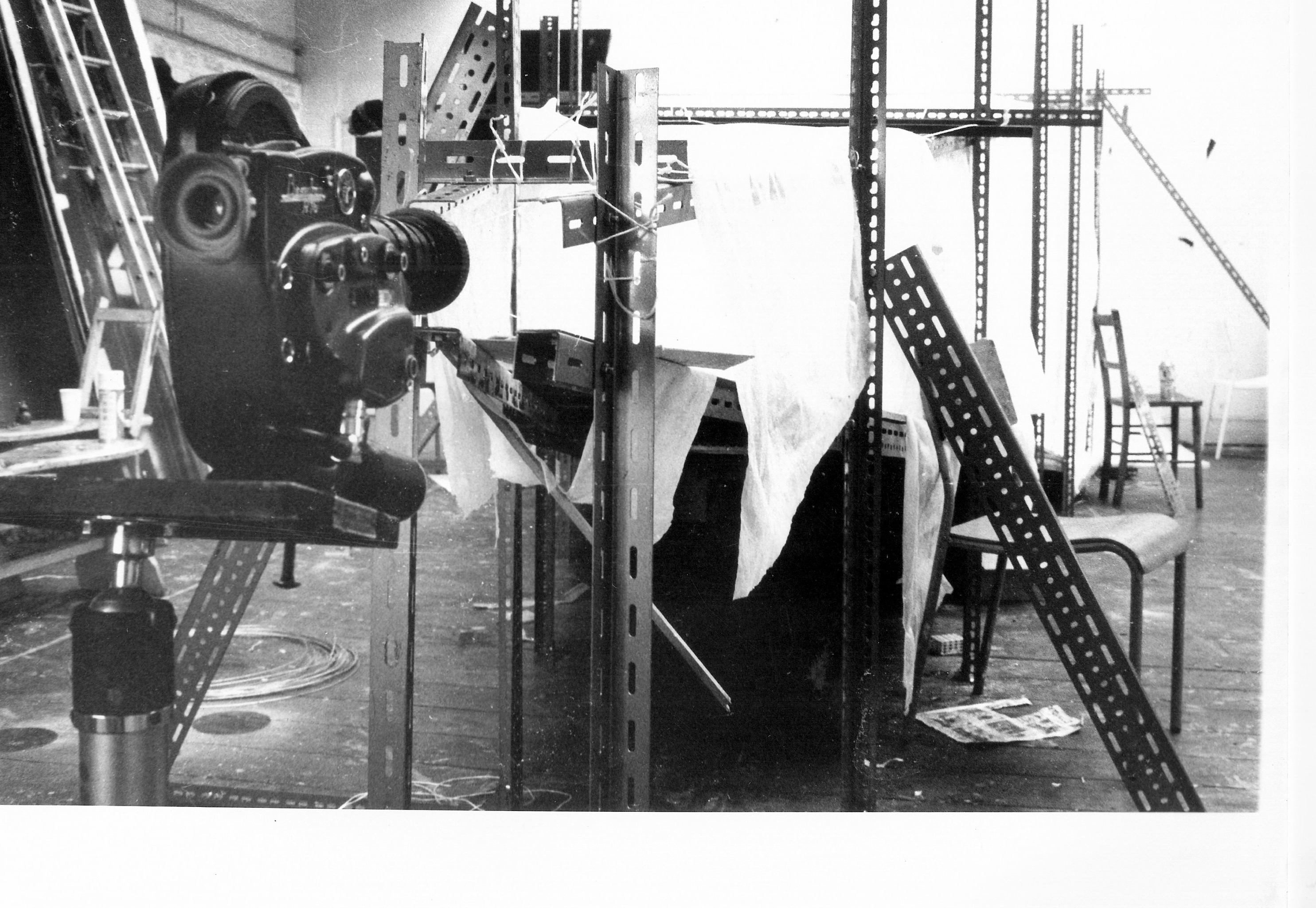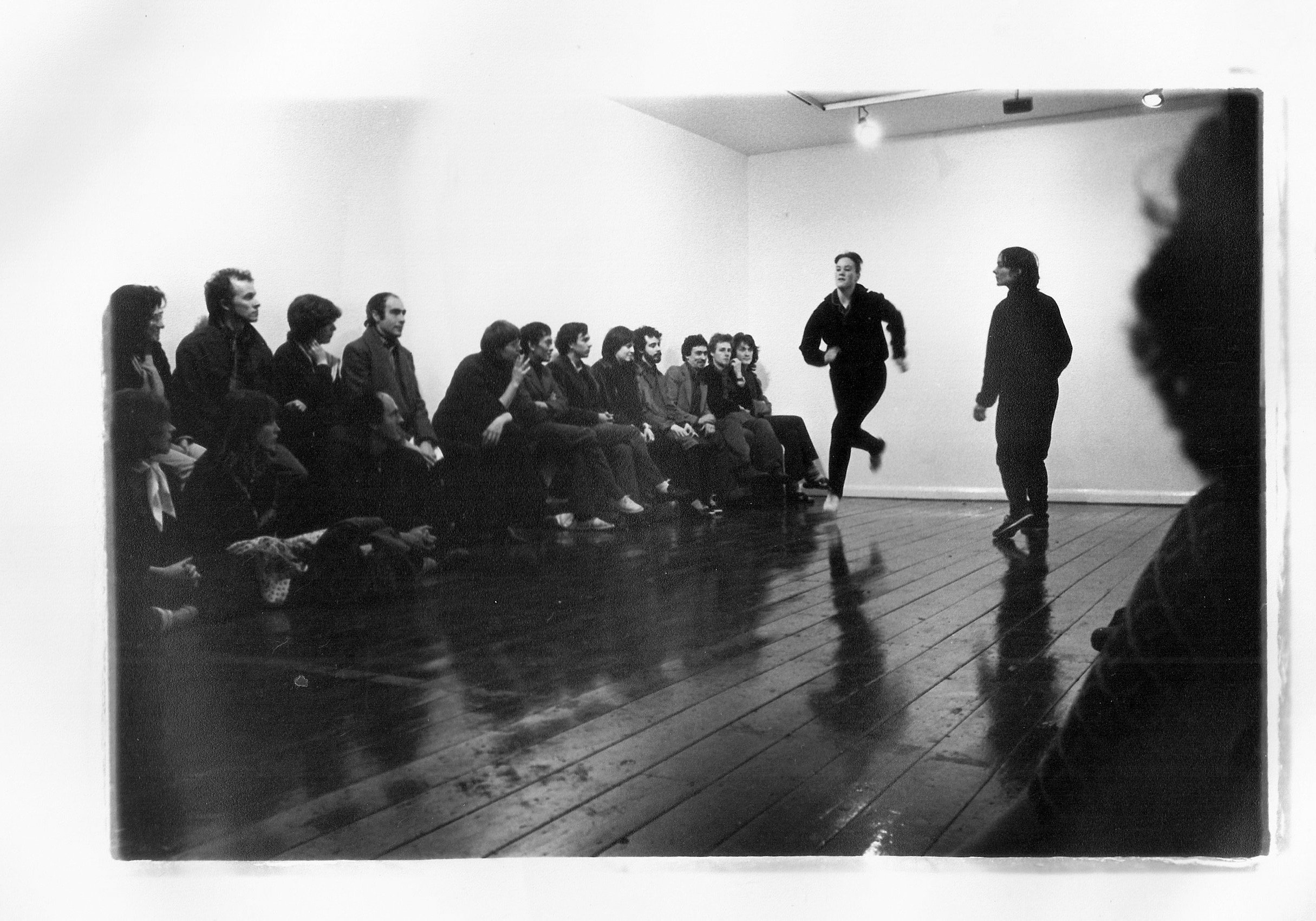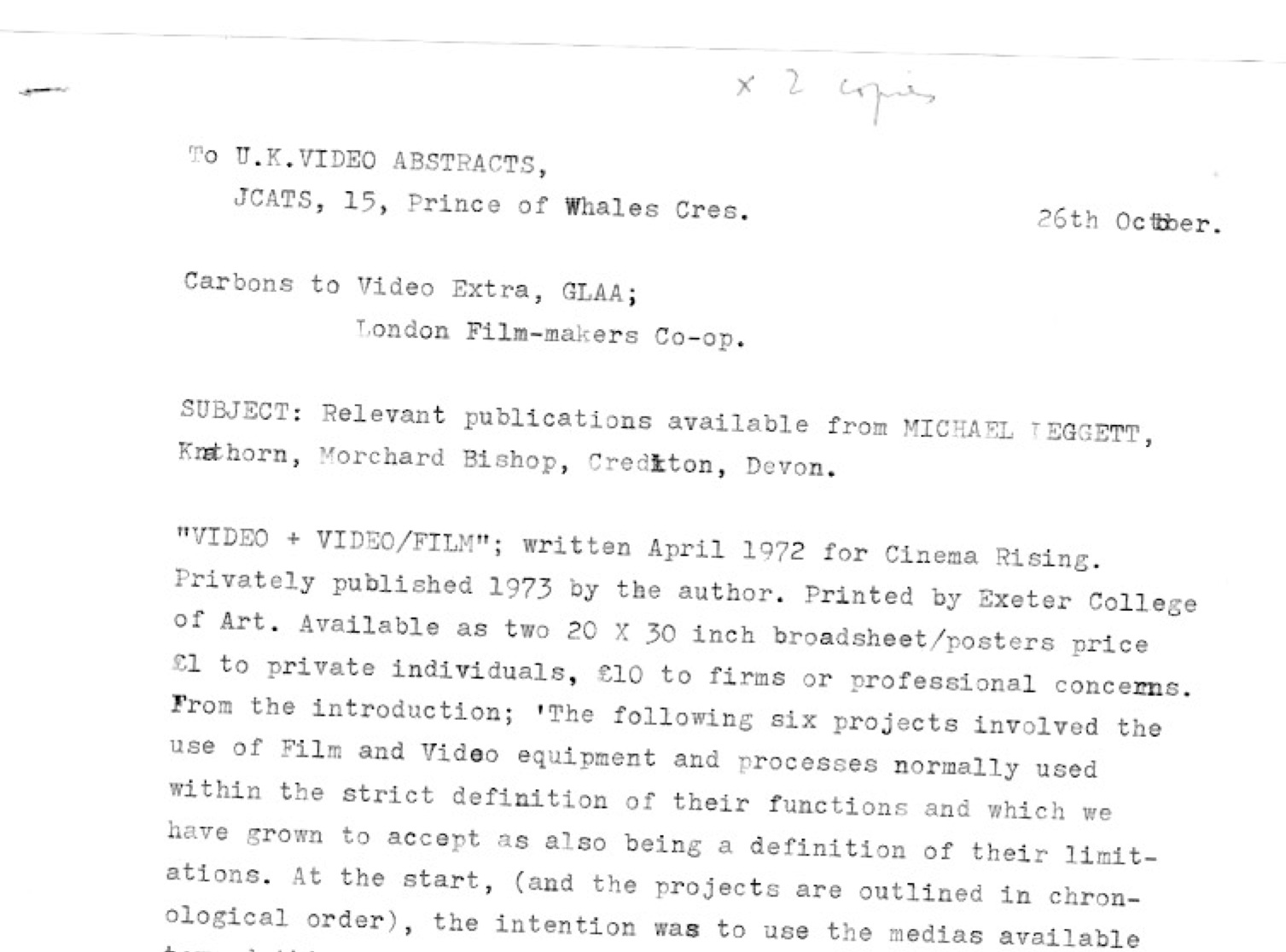
The image of a rainforest within contemporary affairs is potent. The stories of the destruction of the world’s forests and the affect this is having on the health of the planet is oppressive. This image of the Australian rainforest is also a statement about a post-colonial condition, a biosphere challenged by exploitation and the arrival of non-indigenous plants which have flourished in the previously pristine environment. The indigenous eucalypts can be seen – the grey gum, the spotted gum, the stringy bark – and there are also the so-called exotics, brought in by the settlers; the jacaranda and the lantana from América do Sul, the camphor laurel from China, and the plumbago, a plant brought from the northern hemisphere, its name derived from the Latin words plumbum (“lead”) and agere (“to resemble”).
The resemblance between these living plants and this image, a historical image, is through a means of structured representation. From a fixed position, over a twelve-month period, the camera documents a section of the Australian rainforest. Short durations are recorded throughout this time; a few seconds each or single frames throughout a day, between one or several, days or weeks.







